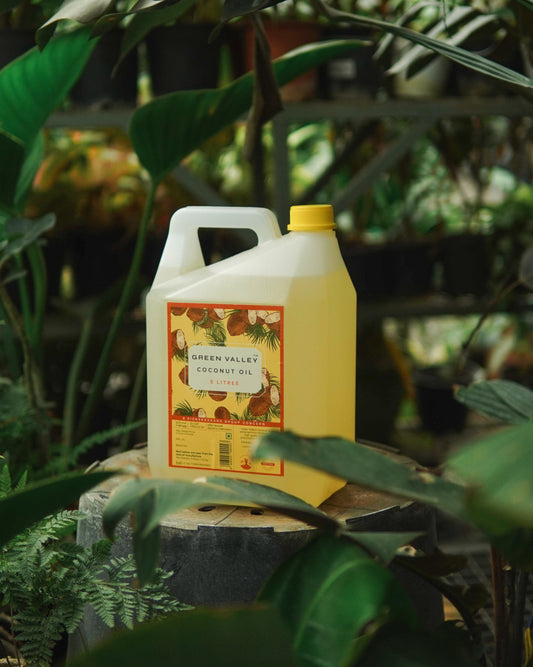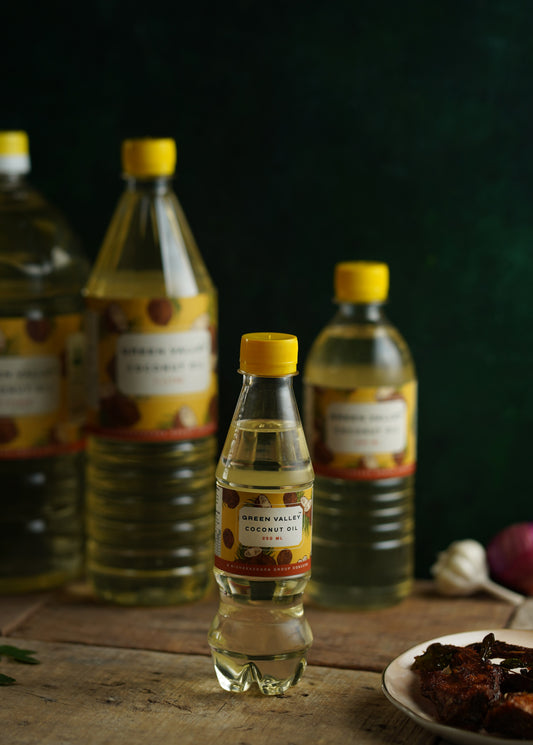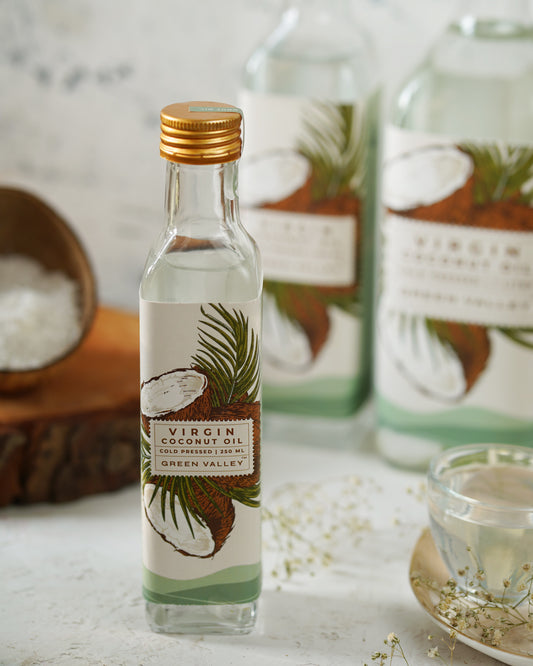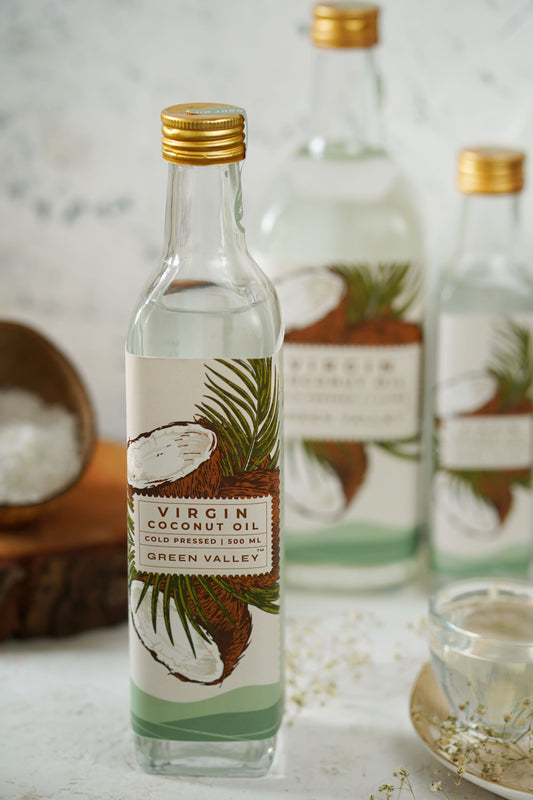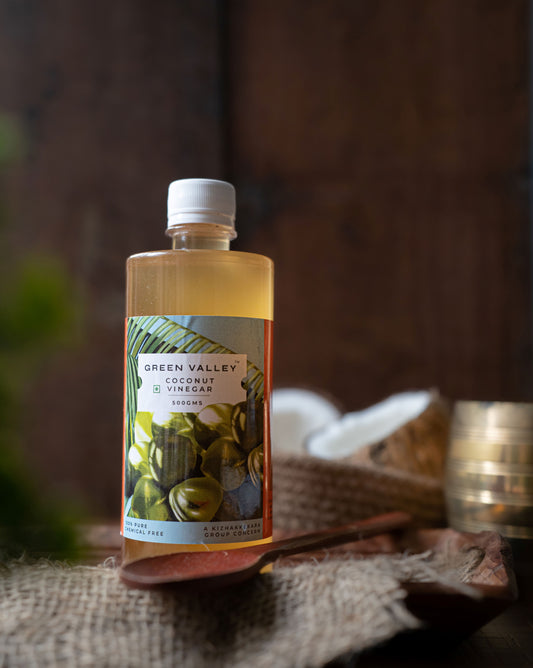Not all coconut oils are created equal. Some are heavenly, nutty, and nutrient-packed; others are sad, overprocessed wannabes in shiny packaging. So, how do you pick a high-quality coconut oil that’s worth putting on your toast or your face?
Here’s your cheat sheet (minus the fluff):
1. Look For The Words "Virgin" Or "Extra Virgin"
These aren’t just marketing fluff—they signal that the oil is:
- Unrefined
- Cold-pressed
- Free from chemical processing
Pro tip: There’s no legal difference between "virgin" and "extra virgin" in the coconut oil world (unlike olive oil), so either is fine—just make sure it’s virgin, not "refined."
2. Cold-Pressed Is Best
Cold-pressed means the oil was extracted without high heat, preserving more of the:
- Nutrients
- Antioxidants
- Signature coconutty scent
Think of it like raw juice vs cooked juice. More goodness. Less damage.
3. Check The Ingredient List
Yes, this sounds obvious, but it’s shocking how many jars sneak in:
- Flavouring agents
- Preservatives
-
Other oils
A truly pure coconut oil should say: Ingredients: 100% Virgin Coconut Oil. Nothing more. Nothing less.
4. Go for Glass Jars Over Plastic
Why?
- Glass doesn’t leach chemicals into oil (especially in hot climates)
- It's more sustainable
-
It preserves freshness better
Bonus: A jar of coconut oil in a glass container just feels more luxurious.
5. Smell It (If You Can)
High-quality virgin coconut oil smells faintly sweet, nutty, and… well, coconutty.
If it smells:
- Strong and smoky – it’s likely heat-processed
- Like absolutely nothing – it could be refined or deodorised
-
Rancid or musty – run!
6. Watch for Certifications
If you care about clean sourcing or your environmental footprint, look for:
- HACCP
- ISO
- GMP
- FSSAI
-
Cold-Pressed badge
While not always necessary, they add a layer of credibility.
7. Check Colour And Texture
At room temperature:
- Virgin coconut oil should be white and solid
-
In warmer weather, it turns clear and liquid
What to avoid:
- Yellow or grey tints (could mean spoilage or impurities)
-
Cloudy or separated oil in liquid form
8. Buy From Trusted Brands
If you don’t have time to investigate every jar like Sherlock Holmes, stick to brands known for quality and transparency.
9. Use Your Senses + Your Intent
If you're cooking, you can be slightly more flexible.
If you're putting it on your skin, or scalp, or using it for oil pulling, quality matters more.
So ask yourself:
- Is this going in me or on me?
-
Am I healing something or just stir-frying?
Avoid These Red Flags
-
"Hydrogenated" or "Partially Hydrogenated" Coconut Oil = Trans fats. Just no.
-
"RBD" oil (Refined, Bleached, Deodorised) = Heavily processed.
If your coconut oil smells like a beach, feels like silk, and comes from a brand that doesn’t treat your skin like an afterthought—you’re probably on the right track.


